Best of the Blogs: November 17, 2011

If you’ve been distracted by headline news over the past few weeks, here’s what you missed in design and photography blogs: revisiting 1990s typography, debunking UV filter myths, getting the light right, demystifying Photoshop resampling options, peeking at designer workspaces, and touring Erik Spiekermann’s house. Plus, an opportunity to change someone’s life with your camera.
Typography
As computers evolve, so must the typefaces that appear on them. In the 1990s, for example, Microsoft commissioned Matthew Carter to design fonts optimized for viewing onscreen. The result was Georgia and Verdana, two fonts that have become as ubiquitous as Times and Helvetica. Now Carter has updated his workhorse fonts for the smart-phone, tablet-PC era. Georgia Pro and Verdana Pro are designed to be legible on small screens, as Fast Company Design explains. See for yourself through a special offer from HOW magazine and the Font Bureau: try Georgia Pro and Verdana Pro free for 60 days and get a 20% discount when purchasing.
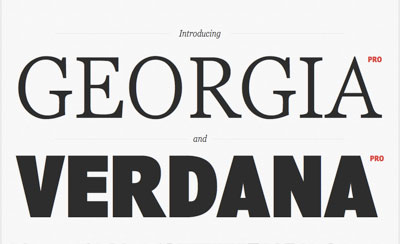
Like fashion, type design goes through phases that capture the mood of an era but are viewed skeptically later. The 1960s gave us Cooper and Hobo — and bell-bottoms pants. Think of the 1990s, and the layered typography of Raygun and Émigré magazines may come to mind, along with fashion inspired by hip-hop and grunge music. Having come of age in the ’90s, graphic designer August Heffner disliked the type of that era. Now he’s reconsidering. His Imprint post reminded me of the quote attributed to Steve Jobs: “Fashion is what seems beautiful now but looks ugly later; art can be ugly at first but it becomes beautiful later.”

Another trend of the 1990s was the use of geometric fonts, such as Kabel, Bauhaus, and of course Futura. Type designer Dan Reynolds reviews the history of geometric typefaces in this Simple Measures post.

Too often inspirational quotes are set in uninspiring type, like Times or Zapf Chancery — not very motivating for graphic designers. However, these typographically rich posters just may inspire you. From Design You Trust.

With the holidays coming up, it’s a good time to make a gift that showcases your typographic skills. CRAFT magazine proposes custom-painting letters on wood, a storage box perhaps. Here’s a simple way to paint type on wood.

Photography
Just about every photography store that sells DSLR cameras advises you purchase a UV filter to protect your lens. But do you really need it? Photofocus has an opinion.
The type of lens you use has a profound effect on image quality. If you ever wondered why the same scene looks different from one shot to another, it may be due to your lens. Gizmodo explains how lenses affect appearances.
Funny how we crave the new but cherish the old. Case in point: Digital cameras capture images with such clarity that some folks pine for the gauzy edges and less-saturated colors produced by film cameras. Unplgged surveys digital tools that recapture the analog look. If you prefer to add that analog flair in Photoshop, Digital Photography School has you covered in How To Make Digital Photos Look Like Lomo Photography.
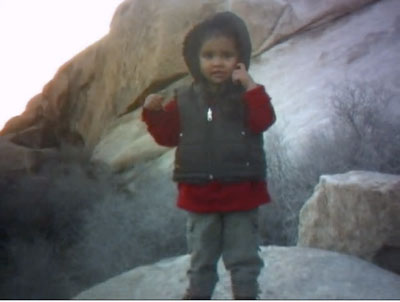
Every photographer has a stash of pictures taken during moments when the light is just right, yet the photos don’t capture that elusive glow. Renowned travel photographer Bob Holmes has worked under every lighting situation you can imagine. He describes his techniques and dispenses advice in this Digital Photography School video.

Want more photographic wisdom? Digital Photography School asked its readers on Facebook what they wish they had known about photography before starting out. Here are the top 21 responses, including such bon mots as “Don’t show people the bad stuff. Shoot 300, show one.”
Finally, give back with your camera this holiday season. There are many national organizations that need volunteers to provide photographic services to people in need: for example, cancer patients, military families, and shelter residents. Or you can reach out to your community and create your own volunteer photo opp. For more information, read Use your camera to Give.

Photoshop
Do you know this clever eyedropper trick?
If you’ve ever resized an image in Photoshop, then you’ve seen that panel’s resampling options, like Nearest Neighbor, Bilinear, and several flavors of Bicubic. Which one should you use? Tip Squirrel breaks it down for you.

Test your knowledge of Photoshop CS5 in this multiple-choice quiz. Warning: The questions are no cakewalk. I got an “acceptable” score of 60% but that’s thanks to some lucky guesses. It’s the third Photoshop quiz posted by psd.tuts. Here’s the first one and the second one. Good luck!
InDesign
Help Adobe help you by providing feedback on InDesign’s Help system.
Say you created a file in InDesign CS5.5, but your client only has CS4. Can she still open your file? What do those version error messages mean? In this free Lynda.com video, Anne-Marie Concepcion shows how to open new-version files with old-version software and how to use IDML as a bridge.
Illustration
I wrote about the movement to save Freehand earlier this year. Now Free Freehand has a double meaning: “free” as in liberate from its digital dungeon and “free” as in pay no money. download Freehand 11 for free and then join the fight.
Lots of creative professionals are passionate about food. They like to grow their own vegetables and cook amazing meals. It makes sense: Both design and cooking are disciplines that allow creative expression. The website They Draw and Cook recognizes that connection by posting illustrated recipe cards created by graphic artists. Now if the food tastes as good as the recipe card looks… Yum! Thanks to Coudal Partners.
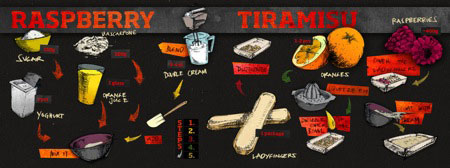
Acrobat
Acrobat’s complexity seems to quadruple with every release. ProDesign Tools compiled a list of questions and answers about Acrobat X culled from many sessions with Adobe representatives. You may find them helpful.
Printing
As long as files are printed, printing errors will occur. Avoid losing time and money by following these four critical steps when approving files for printing from Wausau Paper.
If the Pantone color you specc’d doesn’t print as expected, the coating on the paper may be to blame. Find out why Pantone colors shift in this Quality in Print post.

The possibility of printing three-dimensional objects in your studio or home is closer than you think. The New York Times ponders the repercussions of 3-D reproduction, especially as it pertains to copyright laws. Speaking of 3D printing, ReadWriteWeb comments on a column in Make magazine proposing that libraries evolve into community technology centers that include equipment like 3-D printers. What do you think?

Creative Business
In a tough job market, more creative professionals are becoming self-employed free agents. But taking the plunge into freelancing can be a scary leap. Here are two posts to help you get your feet wet: “Learning to Freelance” on x-height and “Reinventing Yourself” via lynda.com.
For those of you already working solo, you’ll want to read “Freelancers: 3 Ways to Motivate Yourself When You’re Running Low” on hongkiat. Here’s a good one: Use flexibility to your advantage.
What do designers’ workspaces say about them? How do creative professionals define their work areas? Design Milk photographed the workspaces of four designers and asked them what were their practical and aesthetic goals for an area in which technology is a central component.
An intimate workspace is one thing. Then there’s the house as design object. Take a gander at the Berlin home of type designer and graphic professional Erik Speikermann. Note that among all those sleek lines and custom fittings is an analog print shop.

Design History
I came across three really interesting posts about the history of media and design: printed images, business cards, and motion pictures. Read on.
A few years back, the Museum of Modern Art in New York hosted an exhibition called The Printed Picture that traced the history of how images have been printed on paper. A central figure in the organization of the show and the author of its exhibition catalog is master printer Richard Benson. The accompanying website includes incisive lectures by Benson as well as wonderful examples of technologies used through the ages. The website is rich in information and fascinating to browse. Thanks to Dexigner for introducing me to it. I’ll be back.
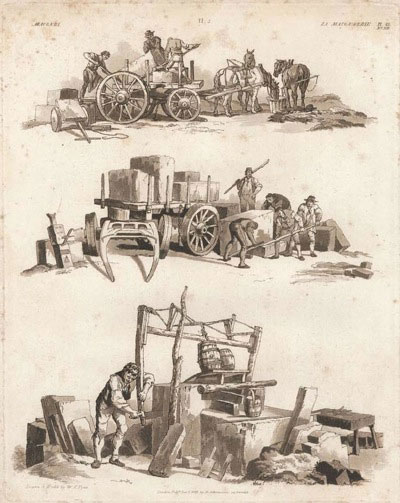
Next time you design a business card, consider the role that handing out a card bearing name and trade has played in society and commerce. Read a history of business cards and see examples at Designer Daily.

Although a more recent invention than printing text or pictures on paper, the history of motion picture design is nicely summed up in this video made by non-profit Motion Plus Design and posted by The Atlantic.

See the evolution of a book cover through the eyes of its designer, author, and blogger Julia Rothman. The thought process behind her decision decisions makes for an interesting read.

Miscellaneous
Intriguing questions to debate and discuss:
Does modern technology help or hinder an artist?
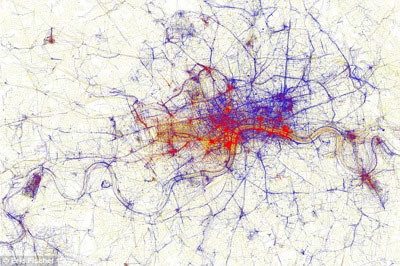
What were the hottest print and web design trends of 2011-2012?

What were the six pillars of Steve Jobs’ design philosophy?
This article was last modified on January 18, 2023
This article was first published on November 17, 2011




